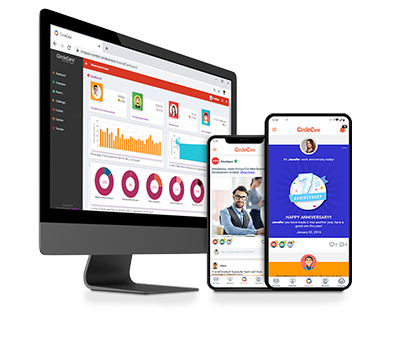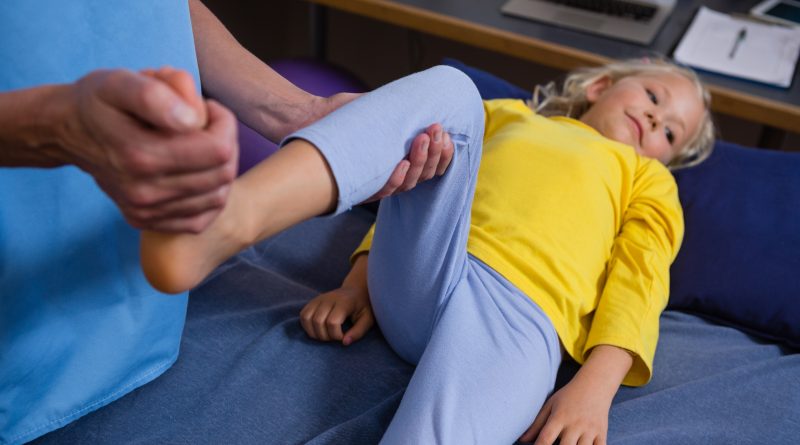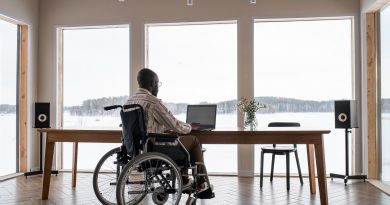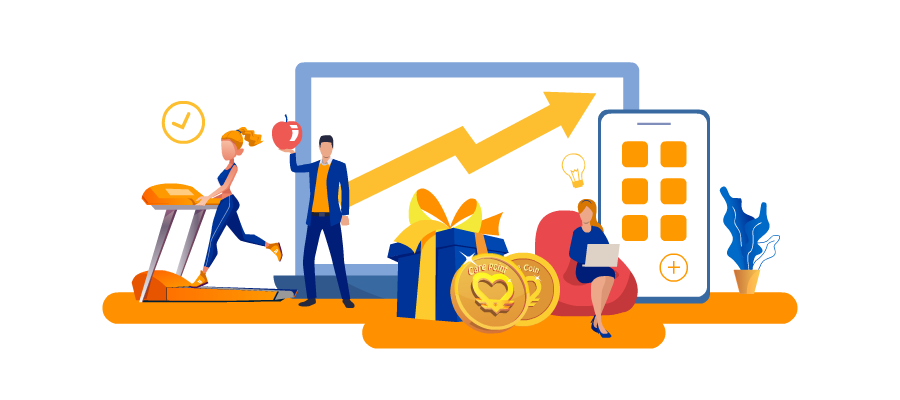Pediatric Physical Therapy: The Best Way of Maximizing Your Physical, Mental, and Occupational Well-Being
Is your child unable to actively participate in a class or outside it? Do you, as a parent, feel like you are getting old physically or mentally? Are you eager to develop the strength and endurance of your school days? Well, Pediatric Physical Therapy is the way forward. Using this effective route, children and adults can strengthen their bodily functions, motor capabilities, and resilience to have the best life they possibly can!
What is Pediatric Physical Therapy?
Pediatric Physical therapy is the expert intervention to enable humans to reach their ideal physical and mental well-being. By applying reasoning, tests, evaluation, and examination, physical therapists can diagnose physical and mental problems in both children and adults. As primary health care providers, PTs also promote health and wellness by enforcing a wide variety of support in collaboration with families, societies, and other developmental, rehabilitation, medical, and educational specialists and experts.
Pediatric Physical Therapy is being widely used to treat children these days. The therapists help children develop their physical performance by boosting strength, flexibility, and range of motion.

Corporate Wellness App
CircleCare
Where Do Patients Receive Pediatric Physical Therapy?
Pediatric physical therapy may be available in natural learning environments, including homes, schools, preschools, child care centers, recreational parks, job sites, and other community settings. This setting is essential to create a wholesome environment. This way, the patients are not alarmed or worried. Patients can also interact with Pediatric physical therapists if they are in a hospital for therapy due to some underlying condition, medical illness, or a simple and routine check-up.
How Will I Know If I Need Pediatric Physical Therapy?
There are some telltale signs to help understand whether or not you need Pediatric Physical Therapy. A lack of mobility in your body, weakness in your muscles and joints, injury-prone limbs, poor focus, and short attention span all indicate that you may be in serious need of pediatric physical therapy.
For children, recovery from sports- and non-sports-related injuries, unusual delays in development such as walking, running, etc. Not reaching the healthy body statistics and milestones for their age, genetic disorders such as Down’s syndrome, and muscle and joint weaknesses or imbalances are all signs that your child requires and would benefit from pediatric physical therapy.
Poor coordination or motor planning, which is the ability to think of and carry out a voluntary act, such as picking up a glass, and Nerve or muscle conditions, such as cerebral palsy or early stages of Parkinson’s disease, are all indicators of a severe need of physical therapy.
How Does Pediatric Physical Therapy Work?
If you decide to get pediatric physical therapy, the first thing you must do is visit your nearest health care service provider. A scan on you will help determine whether or not you need physical therapy. This scan usually takes about 15 minutes and is free of cost in most health care firms. After this, you will receive a therapy schedule according to which you will have to come for your therapy a certain number of days every week. The frequency of the sessions and duration of the treatment depend on the severity of your condition. You will be assigned a physical therapist to monitor your improvement and progress. With the primary goal of improving your strength and endurance, you will receive an exercise regimen.
Like this, you may have to stretch and do cardiovascular exercises, weight training, and calisthenics, engage in sports and recover to help you become stronger and more resilient. If you are getting therapy to recover from an illness or an injury, you will have to perform functional movements. This program is solely to help the injury or illness go away. After this, you will perform increasingly challenging exercises to reach your previous strength.
Pediatric Physical Therapy may also teach war or accident victims to use prosthetics and heal from burns or cuts. Therapists provide counseling and advice to keep patients in a healthy mindset and help them to recover faster. In addition, therapists help patients with post-traumatic stress. They teach patients to forget their trauma and accept life without a limb or with a prosthetic.
How Can The Family Help?
The patient’s families play a vital role in the effect of pediatric physical therapy. The family decides how successful physical therapy is because they are the constant support system for the patient. Pediatric Physical Therapists collaborate with the family to help create a conducive and healthy environment. This way, the child can improve and become stronger. Families can also help by catering to the patient’s needs, driving him to therapy even if the patient does not want to go, and rescheduling their routine so that the patient does not miss physical therapy. If your child is getting pediatric physical therapy, you can access community resources, local awareness programs, and even buy toys for the child. Contrary to popular belief, playing with toys leads to active thinking and reasoning paramount to the child’s growth.
Conclusion
Pediatric Physical Therapy is a kind of treatment that everyone can benefit from, regardless of age. If you feel like you or someone you know can benefit from physical therapy, make sure you get them the help they need. Instead of letting a medical condition or injury aggravate, the best solution is to get professional help as quickly as possible. It never helps to waste valuable time and let a harmless condition become serious.
FAQs
Are Pediatric Physical Therapists licensed?
Yes. Upon graduating from an accredited educational institute, physical therapists must comply with state rules and pursue specialization for a license to get better jobs. Before listening to any advice, one should ensure that their therapist has a practicing therapist’s license.
Can Physical Therapy be used to cure spine issues?
Yes. Physical therapy is very beneficial for all nerve, muscle, brain, and spine-related issues. If you have received a diagnosis for any such condition, it can be worthwhile to attend pediatric physical therapy.








